Aging – it’s the universal truth we all face. Our collective search for that elusive fountain of youth is as old as humanity itself. Today, the rapidly evolving field of skincare is providing answers in the form of active ingredients that promise to reduce signs of aging.
Two skincare heroes that have emerged are tretinoin and retinol. Both are forms of vitamin A, known for their unparalleled abilities to refine and smooth skin, yet their names are often used interchangeably causing confusion. So, what’s the real deal? How do they differ, and which one should you choose? Let’s dive into the intricate world of tretinoin and retinol and find out.
Retinoids Explained
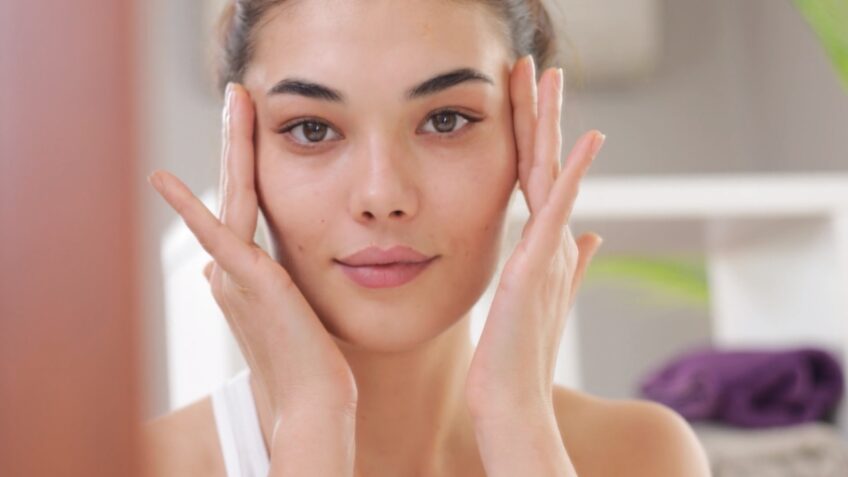
To begin our exploration, it’s crucial to understand the broader term “retinoids,” under which both tretinoin and retinol fall. Retinoids are a class of compounds derived from vitamin A, widely revered in dermatology for their ability to treat a variety of skin conditions, including acne, hyperpigmentation, and signs of aging. Tretinoin and retinol are types of retinoids, each with its own unique properties and uses.
When exploring the powerhouses of skincare, it’s important to understand the safety regulations surrounding certain ingredients like Hydroquinone, especially considering its status in the US.
Tretinoin: The Prescription Power Player
Tretinoin, also known as all-trans retinoic acid, is the acid form of vitamin A. First approved by the FDA for the treatment of acne in the 1970s, it quickly gained recognition for its anti-aging benefits. The scientific community acknowledges tretinoin as the gold standard in topical treatment for sun-damaged and aging skin, making it a favorite among dermatologists.
The power of tretinoin lies in its ability to directly influence skin cells. When applied, it binds to the retinoic acid receptors in your skin cells, encouraging them to behave more youthfully. It hastens skin cell turnover, brings fresh cells to the surface, reduces the appearance of fine lines and wrinkles, and improves skin texture. Additionally, it boosts collagen production, providing the skin with more structural integrity, firmness, and elasticity.
However, as powerful as it is, tretinoin is not without its drawbacks. It is only available by prescription due to its potency and potential side effects, which can include redness, dryness, peeling, and increased sensitivity to sunlight. Therefore, it is recommended to start with a low concentration and gradually increase under the supervision of a healthcare professional.
Retinol: The Over-the-Counter Star
Retinol, on the other hand, is a gentler, over-the-counter form of vitamin A. It’s widely found in skincare products like serums, creams, and oils due to its ability to impart the benefits of retinoids without needing a prescription.
Unlike tretinoin, retinol isn’t biologically active when applied to the skin. It first needs to be converted into retinoic acid by enzymes present in the skin. This two-step conversion process — from retinol to retinaldehyde and then to retinoic acid — makes retinol less potent than tretinoin.
However, this gentler action is a boon for those with sensitive skin or those new to retinoids. Retinol delivers the same benefits as tretinoin, including boosting collagen production, reducing wrinkles, and improving skin tone, albeit more gradually and with fewer side effects.
Choosing Between Tretinoin and Retinol
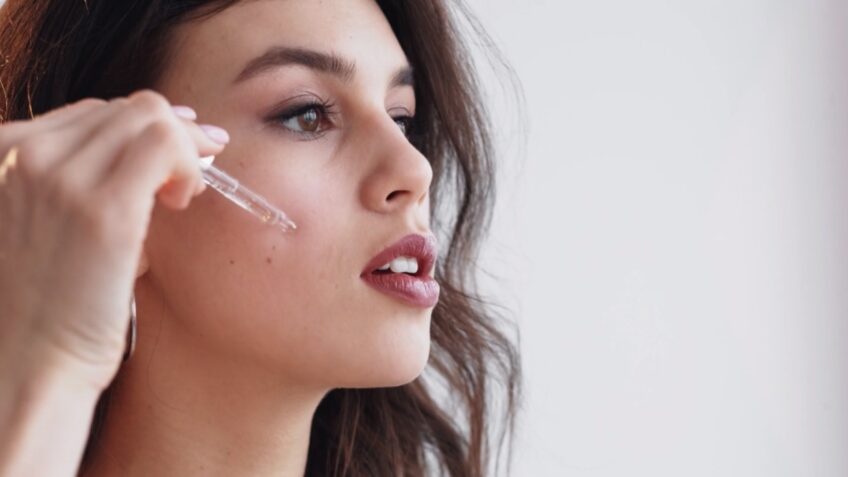
Now comes the pivotal question: tretinoin or retinol – which should you choose?
If you’re dealing with severe acne, deep wrinkles, or extensive sun damage, and your skin is relatively resilient, tretinoin may be your best option. As it is a prescription medication, always consult with a dermatologist to guide you with the right strength and usage.
On the other hand, if you’re new to retinoids, have sensitive skin, or your skin concerns are more preventative or minor, retinol could be your go-to. With retinol, you can enjoy the benefits of vitamin A without the harshness that can come with tretinoin, albeit at a slower pace.
Remember, whatever you choose, patience is key. It can take weeks or even months to see noticeable improvements in your skin. Also, it’s imperative to use sunscreen daily when using retinoids, as they can increase your skin’s sensitivity to the sun.
The Added Benefits
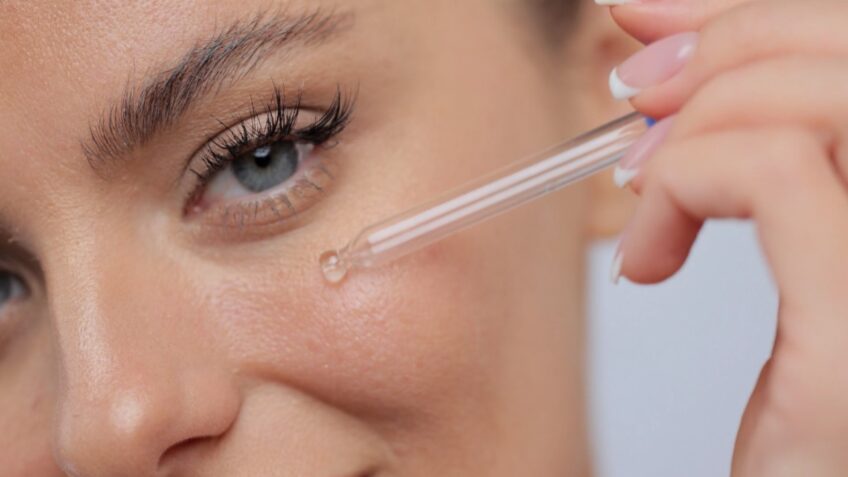
Tretinoin
Aside from its renowned anti-aging and acne-treating abilities, tretinoin has shown promising results in mitigating hyperpigmentation. This includes melasma and post-inflammatory hyperpigmentation, which can follow skin trauma or inflammation, such as acne.
By accelerating the turnover of skin cells, tretinoin can hasten the fading of these unwanted dark spots. Furthermore, tretinoin can also help to improve the skin’s vascularization, or blood supply, which can lead to a healthy and youthful glow.
Retinol
Much like tretinoin, retinol too has wide-ranging benefits. It’s particularly beneficial for those who want to incorporate a retinoid into their skincare routine but aren’t ready to jump into the deep end with tretinoin. Beyond treating fine lines and acne, retinol can help with uneven skin tone and texture, offering a more refined, smooth complexion over time.
Potential Side Effects
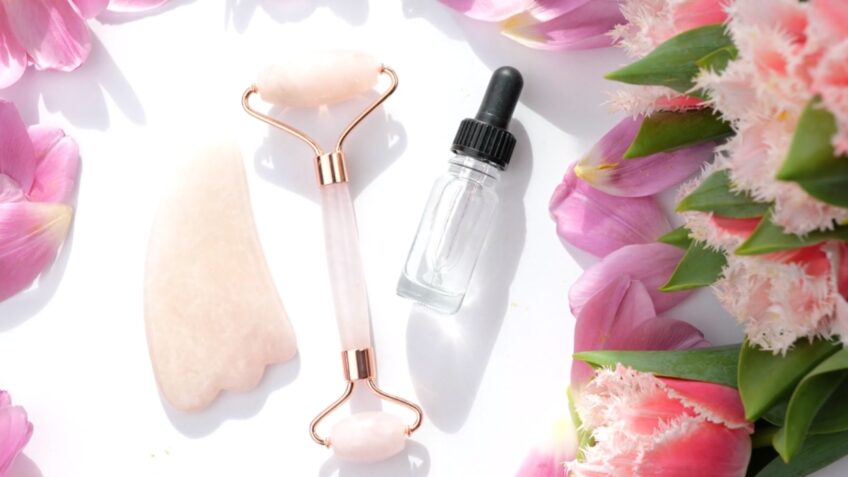
The power of tretinoin and retinol also comes with a few caveats. Their potential side effects, although typically temporary, should be considered before adding these retinoids to your skincare regimen.
Tretinoin
Due to its potency, tretinoin may cause skin irritation, including redness, dryness, peeling, and an increase in sun sensitivity. This is often referred to as “retinization,” a process where the skin adjusts to the retinoid. It’s usually transient, peaking at around two weeks and subsiding after about a month of regular use. To minimize these effects, it’s crucial to start with a low concentration and increase slowly, always under the guidance of a healthcare professional.
Retinol
While retinol is considered more gentle than tretinoin, it can still lead to some minor skin irritation. This might include mild redness, dryness, and peeling, especially in those with sensitive skin or those new to retinoids. However, these side effects are often less intense than those experienced with tretinoin and subside as your skin adjusts to the product.
Closing Thoughts
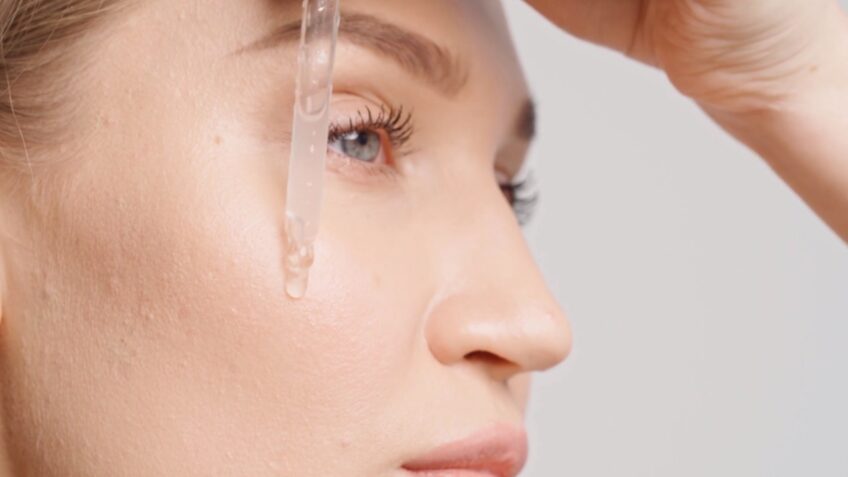
The retinoid family, with tretinoin and retinol as its shining stars, offers promising solutions to many skin concerns. Both can pave the way for healthier, more radiant skin. Your individual skin needs, tolerance, and severity of your skin concerns will guide you in choosing between these two powerhouses. As always, it’s important to consult with a skincare professional to make the best decision for your skin. Happy journey to a revitalized and youthful glow!
And with that, our exploration of tretinoin vs retinol comes to a close. We hope this article sheds light on the intricate world of these two skincare heroes, equipping you with the knowledge to make an informed decision. Because in the pursuit of timeless beauty, knowledge is indeed power.

